Sun Tower, rising on Yantai’s waterfront, wins Best Building Site in the Wallpaper* Design Awards 2024
We take a tour of the building site at Sun Tower, Open Architecture's new nature-inspired cultural attraction for the seaside town of Yantai in China
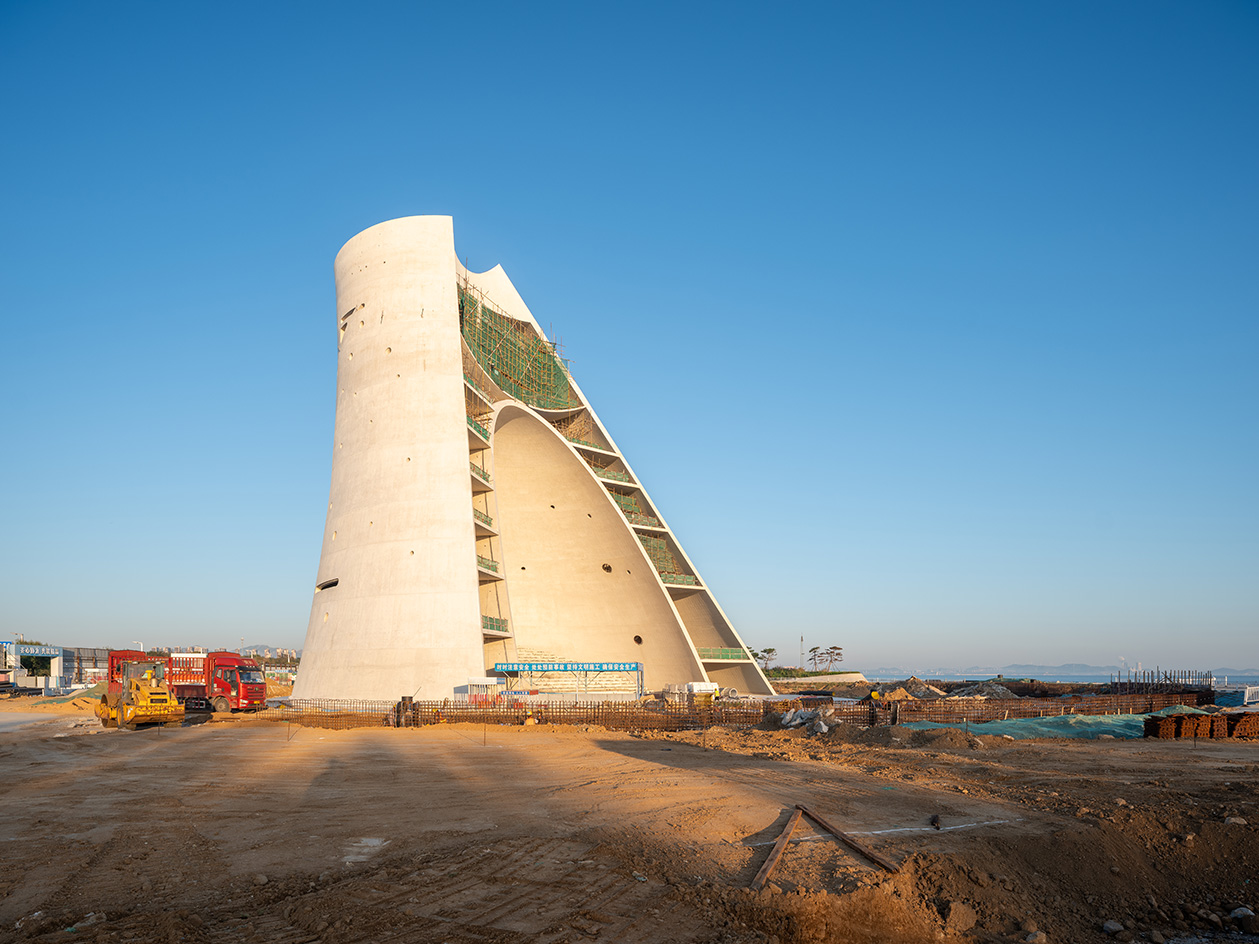
On paper, Open Architecture’s Sun Tower sounds like a dream – and easy – commission. The scheme, based in Yantai in eastern China, combines a prime, seaside plot; an architecture-led, ambitious client who sought to transform a former industrial neighbourhood into a cultural hub for the city’s rapidly growing population; and a brief that allowed for maximum flexibility and creativity, without precisely determining what the end product should look like, or even house.
The city authorities were after ‘something unique to enhance the city's ocean front,' and a rigorous interview process and an invited competition later, they awarded the commission to the Beijing-based studio. However, honing down on the building’s striking, curvaceous design was not as straightforward as it might initially seem.
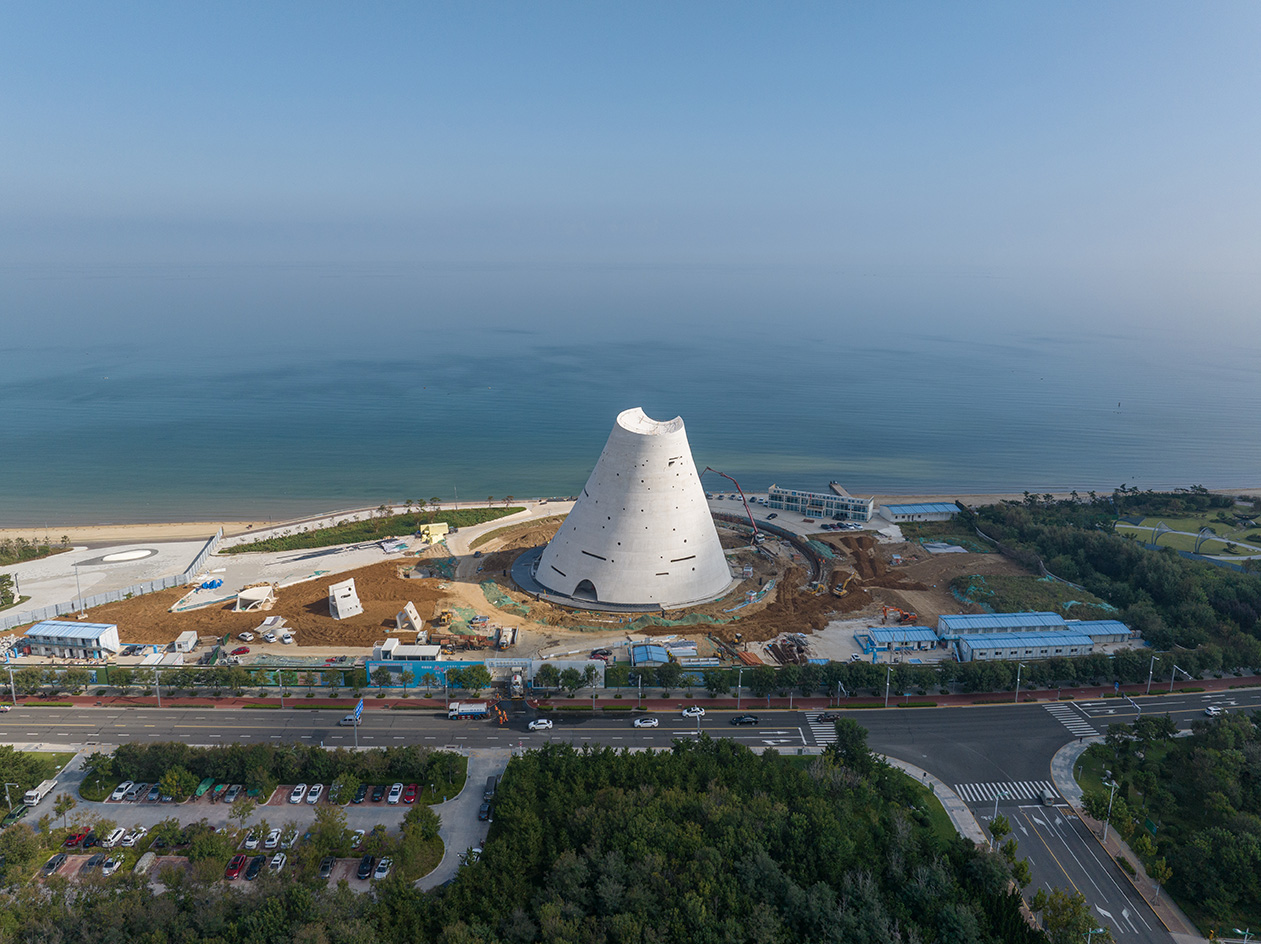
Sun Tower: an open ended architectural brief
‘It is very difficult to respond to such an open-ended brief, we had to define the questions ourselves before we could give any answers. In fact, we tried more than 30 schemes before finally arriving at something that “felt right”. But the idea that this building should be at the confluence of nature and culture was established at the very beginning during the architect-interview process, and this vision was agreed by the client which was very important for the project,’ says Wenjing Huang, who co-founded the practice with partner Li Hu.
‘Coincidentally, this was not the first time that we were given a rather open and vague design brief. It is definitely not common though. We had encountered a few times, mostly in rather unique cultural projects, where the clients were not looking for something innovative and inspiring but not sure what their buildings should be. These clients tend to be open minded and have trust in our work.’
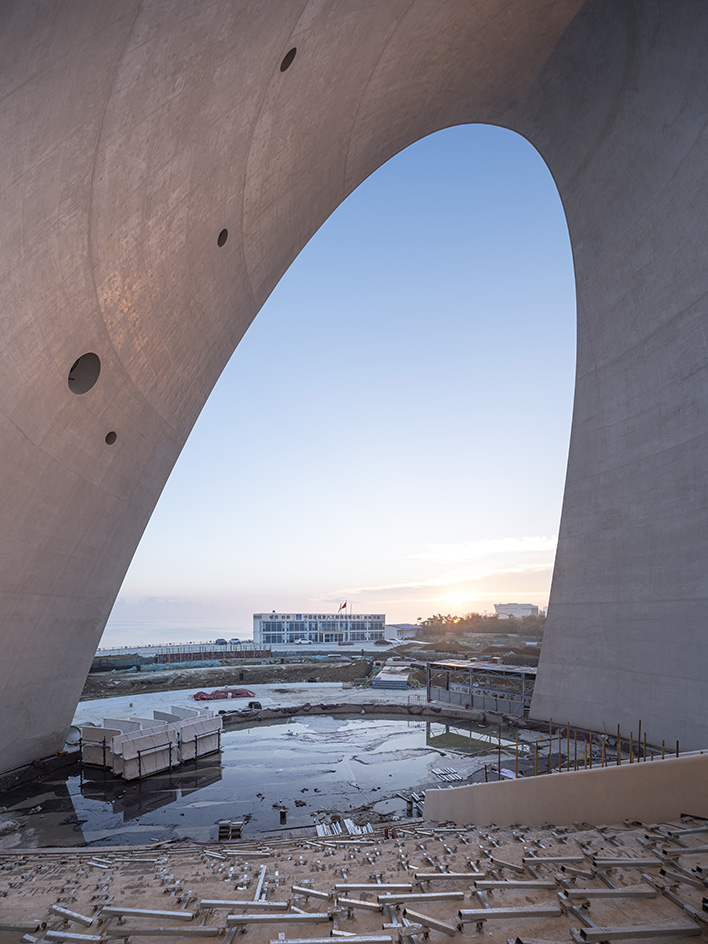
The scheme was designed to house a mix of cultural programs, including exhibition, library and meditation spaces, as well as an outdoor theatre and a food and beverage element. As the Yantai region has an ancient history of sun worshipping, the architects decided to celebrate this ‘forgotten’ aspect of local culture. They sculpted their design based on the light’s trajectory through the day, slicing open a section to face the sea, aiming to pay tribute to sun, time and nature. The end product is bold and eye-catching, and it was conceived to be open to the public, fostering cultural and community life in the city.
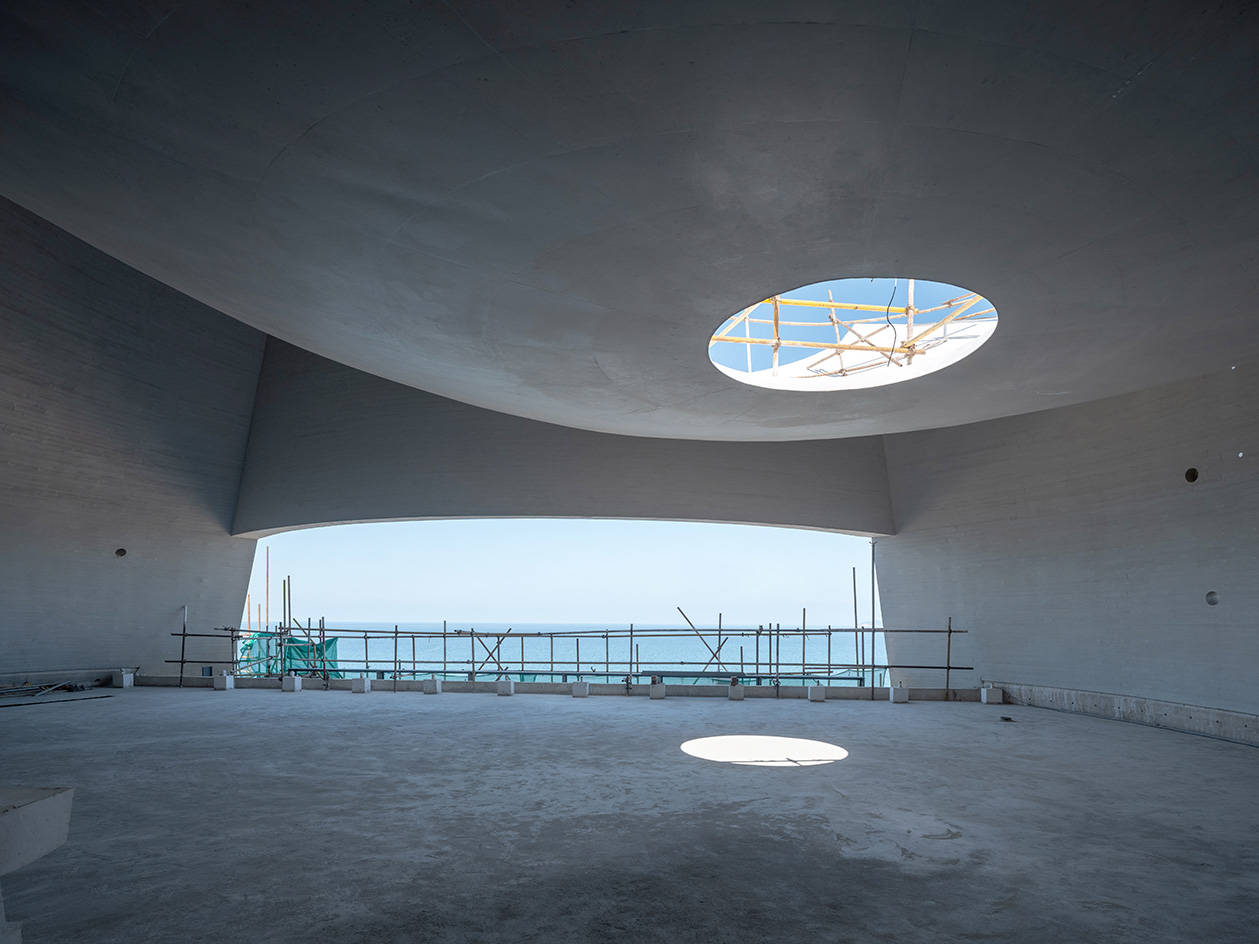
Once the project’s final form and programme were finalised, more challenges reared their head - namely construction ones, given the building’s complex geometries, as well as its material (the concrete’s white colour was tricky to achieve). Concrete was chosen as the main material, poured in two layers of slanted shells connected and braced by horizontal slabs and ramps. It was selected for its durability to withstand the site’s constant exposure to the region’s corrosive mix of wind, sun and salty sea air year round. It also had the additional advantages of offering a good thermal mass to help maintain warmth in the winter and coolness in the summer, while insulating the interior.
Its properties meant the main exhibition areas could remain free from mechanical air conditioning, and reduce energy consumption within the building altogether. Beyond the concrete shell, glass, aluminium, stainless steel and bronze complete the design, with wood introduced to craft a more intimate ambience in the library and cafe area. Meanwhile, one of the scheme’s functions, the Light Institute, conceived as a digital museum, provided another challenge for the curatorial team. The content provider had to think outside the box,’ the architects explain.
Receive our daily digest of inspiration, escapism and design stories from around the world direct to your inbox.

Now, half way through construction – the Sun Tower topped out in June 2023 and is scheduled for completion in 2024 – and the project already cuts a dramatic figure in the Yantai shoreline. Its authors hope it will become a landmark destination for its seaside city, connecting humans and nature, its ‘conscious design’ acting as a vessel for people to experience and feel in sync with their surroundings. The architects write: ‘Sitting on the steps under the parabolic shell, gazing into the distant ocean framed by the dramatic arch while the sounds of nature’s breathing echo gently throughout, one’s mind will gradually clear up.’
A version of this article appears in the February 2024 issue of Wallpaper* – dedicated to the Wallpaper* Design Awards 2024 – available in print from 4 January, on the Wallpaper* app on Apple iOS, and to subscribers of Apple News +. Subscribe to Wallpaper* today
Ellie Stathaki is the Architecture & Environment Director at Wallpaper*. She trained as an architect at the Aristotle University of Thessaloniki in Greece and studied architectural history at the Bartlett in London. Now an established journalist, she has been a member of the Wallpaper* team since 2006, visiting buildings across the globe and interviewing leading architects such as Tadao Ando and Rem Koolhaas. Ellie has also taken part in judging panels, moderated events, curated shows and contributed in books, such as The Contemporary House (Thames & Hudson, 2018), Glenn Sestig Architecture Diary (2020) and House London (2022).
-
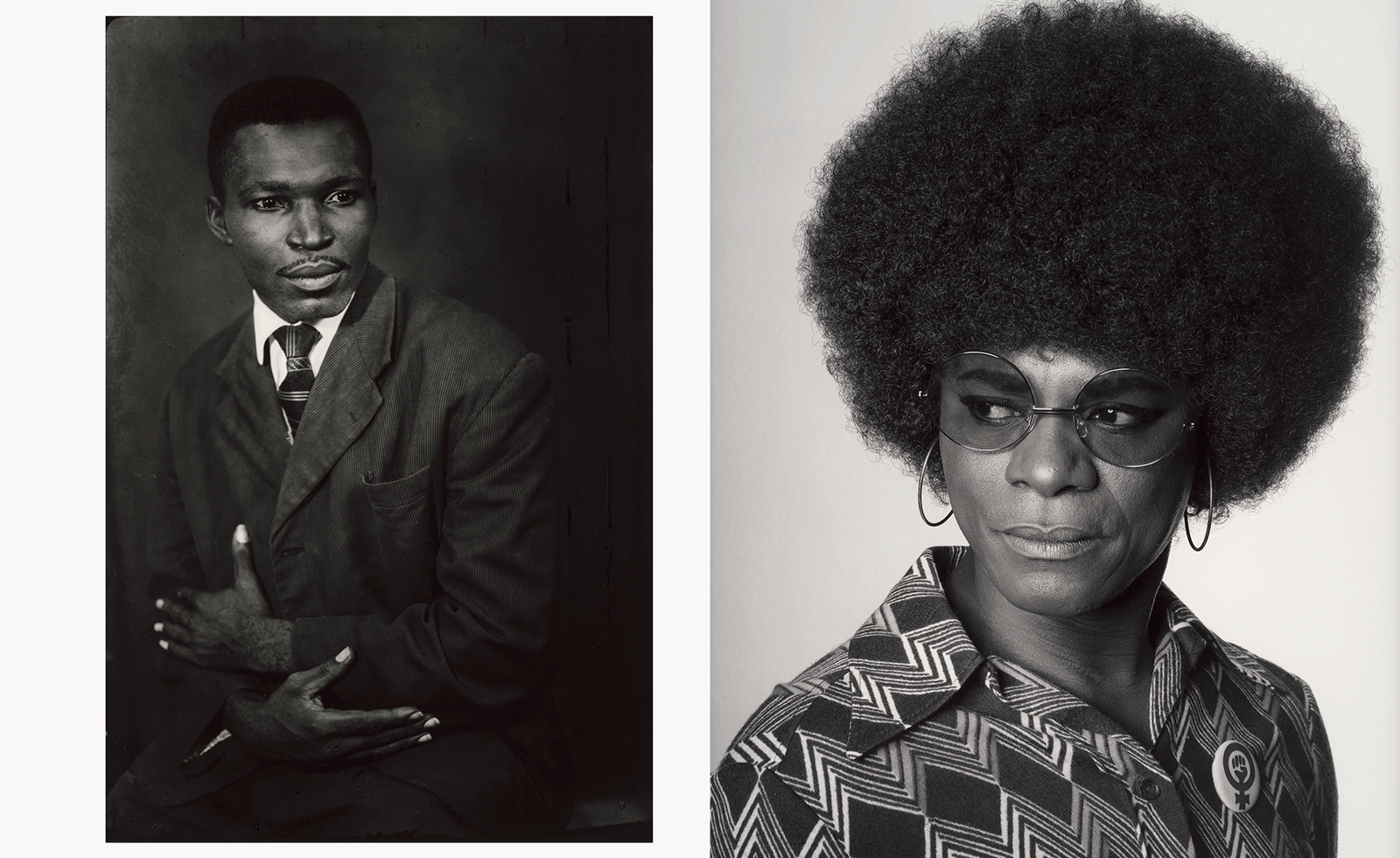 MoMA celebrates African portraiture in a far-reaching exhibition
MoMA celebrates African portraiture in a far-reaching exhibitionIn 'Ideas of Africa: Portraiture and Political Imagination' at MoMA, New York, studies African creativity in photography in front of and behind the camera
-
 How designer Hugo Toro turned Orient Express’ first hotel into a sleeper hit
How designer Hugo Toro turned Orient Express’ first hotel into a sleeper hitThe Orient Express pulls into Rome, paying homage to the golden age of travel in its first hotel, just footsteps from the Pantheon
-
 These Kickstarter catastrophes and design duds proved tech wasn’t always the answer in 2025
These Kickstarter catastrophes and design duds proved tech wasn’t always the answer in 2025Odd ideas, Kickstarter catastrophes and other haunted crowd-funders; the creepiest, freakiest and least practical technology ideas of 2025
-
 Wang Shu and Lu Wenyu to curate the 2027 Venice Architecture Biennale
Wang Shu and Lu Wenyu to curate the 2027 Venice Architecture BiennaleChinese architects Wang Shu and Lu Wenyu have been revealed as the curators of the 2027 Venice Architecture Biennale
-
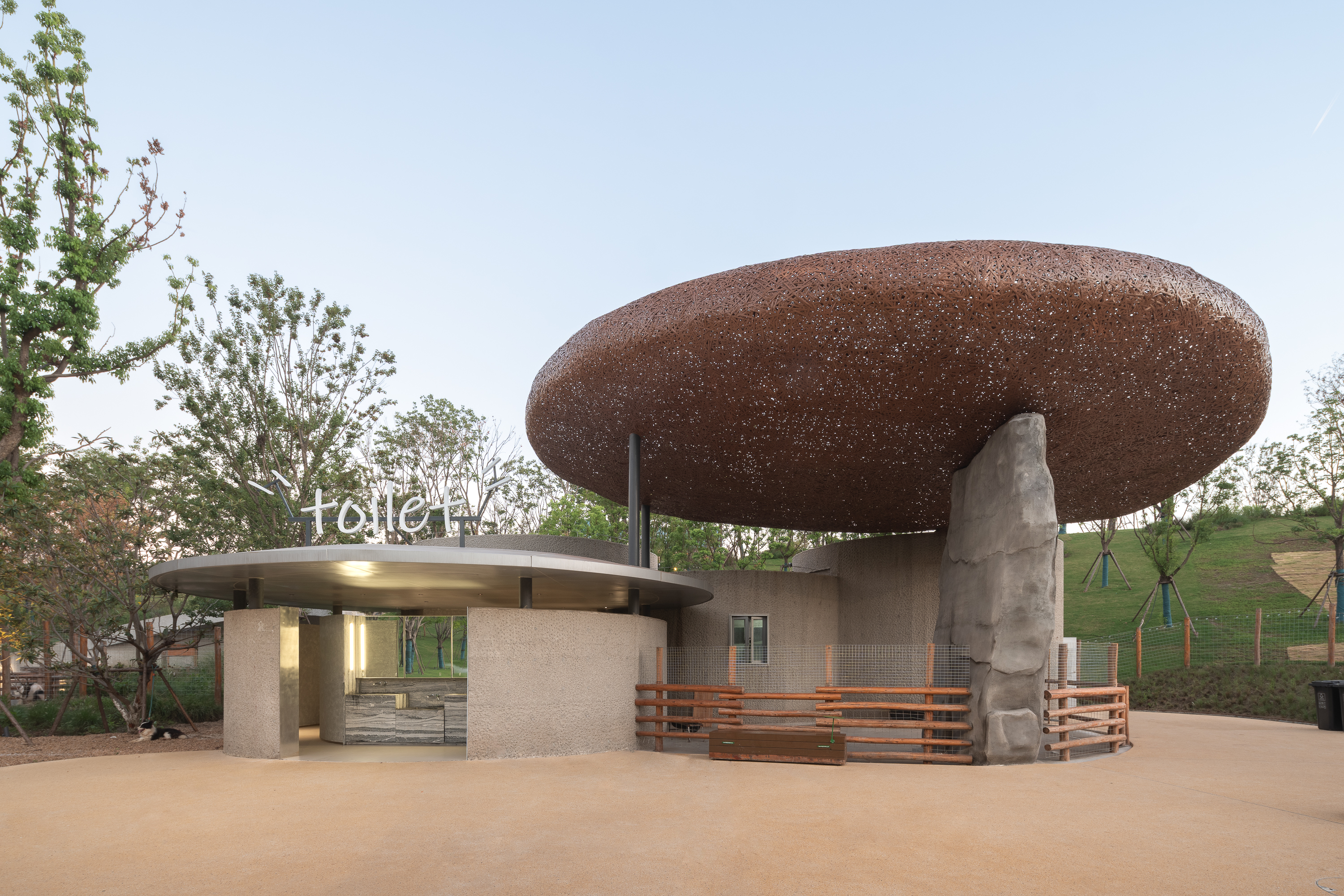 Tour this Chinese eco-farm, an imaginative wonderland connecting visitors with nature
Tour this Chinese eco-farm, an imaginative wonderland connecting visitors with natureLuxeIsland Farm by Various Associates is an eco-farm and visitor attraction in China’s picturesque Wuhan region; take a stroll across its fantastical landscape
-
 Honouring visionary landscape architect Kongjian Yu (1963-2025)
Honouring visionary landscape architect Kongjian Yu (1963-2025)Kongjian Yu, the renowned landscape architect and founder of Turenscape, has died; we honour the multi-award-winning creative’s life and work
-
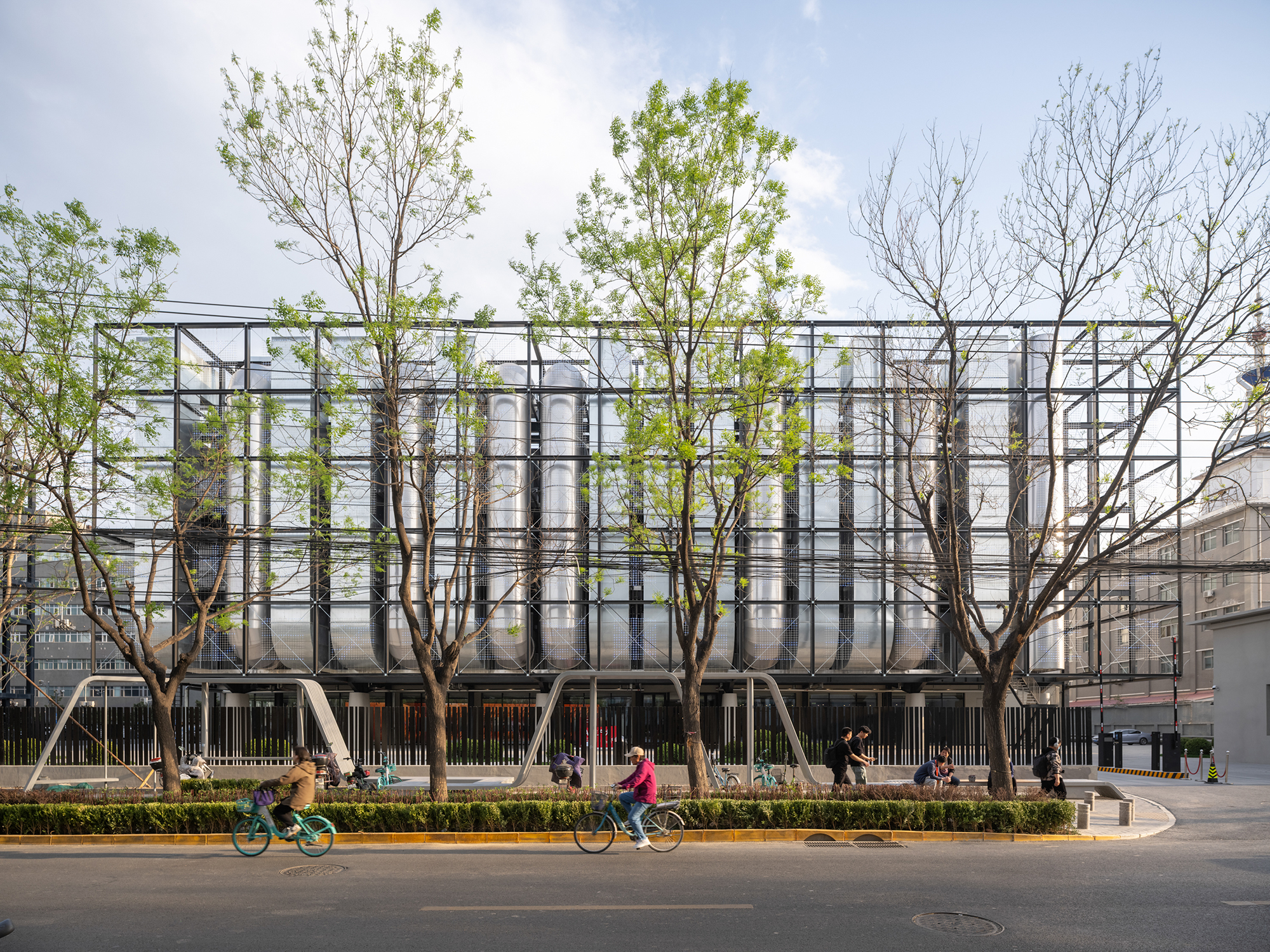 A new AI data centre in Beijing is designed to evolve and adapt, just like the technology within
A new AI data centre in Beijing is designed to evolve and adapt, just like the technology withinSpecialised data centre Spark 761, designed by llLab, is conceived as a physical space where humans and AI technology can coexist
-
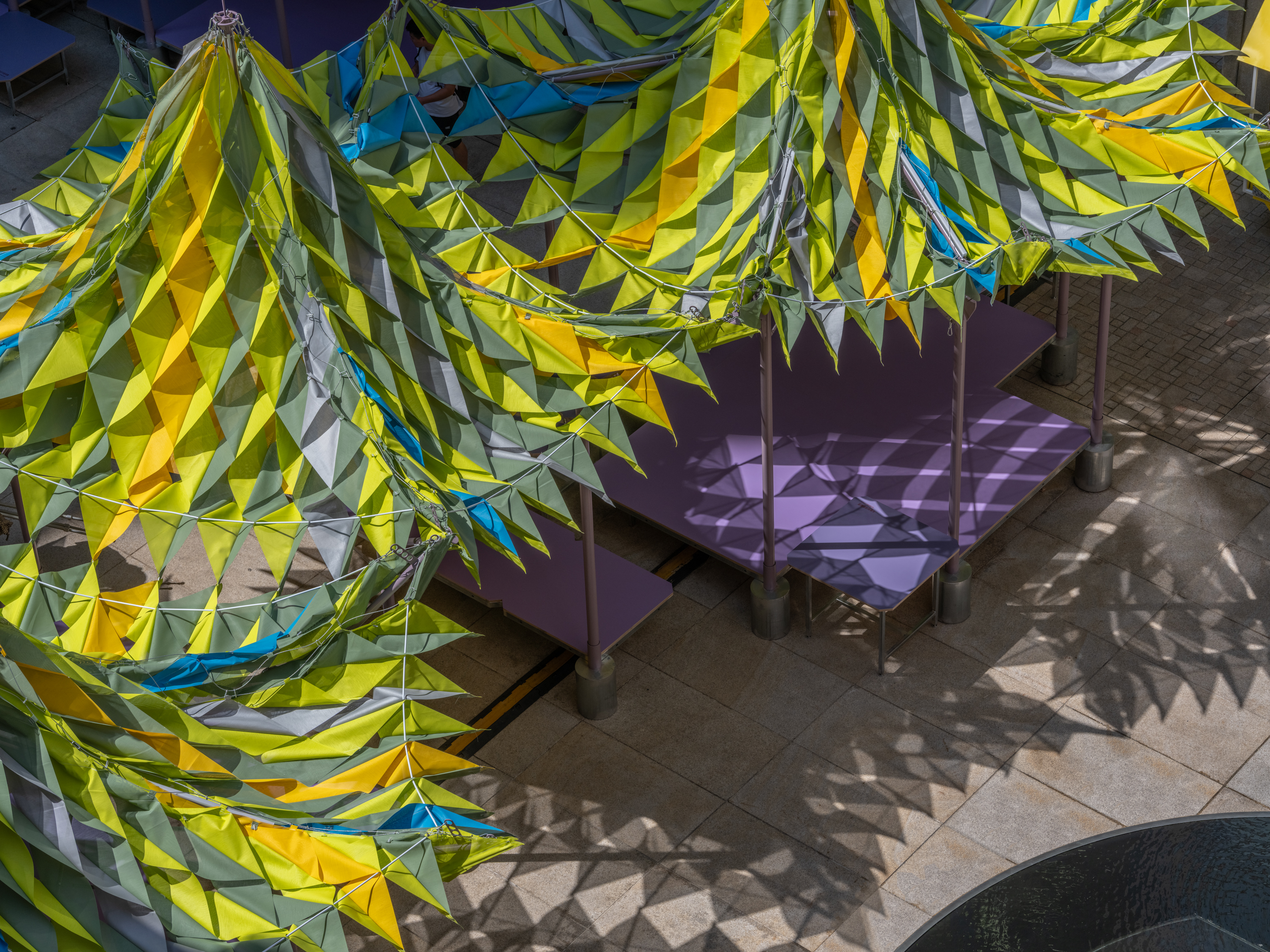 Shanghai’s biennial, RAMa 2025, takes architectural exploration outside
Shanghai’s biennial, RAMa 2025, takes architectural exploration outsideRAMa 2025, the architecture biennial at Rockbund Art Museum in Shanghai, launches, taking visitors on a journey through a historic city neighbourhood – and what it needs
-
 Atelier About Architecture’s ‘house within a house, and garden within a garden’
Atelier About Architecture’s ‘house within a house, and garden within a garden’House J in Beijing, by Atelier About Architecture, is an intricate remodelling complete with a hidden indoor garden and surprising sight lines
-
 A nature-inspired Chinese art centre cuts a crisp figure in a Guiyang park
A nature-inspired Chinese art centre cuts a crisp figure in a Guiyang parkA new Chinese art centre by Atelier Xi in the country's Guizhou Province is designed to bring together nature, art and community
-
 Zaha Hadid Architects’ spaceship-like Shenzhen Science and Technology Museum is now open
Zaha Hadid Architects’ spaceship-like Shenzhen Science and Technology Museum is now openLast week, ZHA announced the opening of its latest project: a museum in Shenzhen, China, dedicated to the power of technological advancements. It was only fitting, therefore, that the building design should embrace innovation